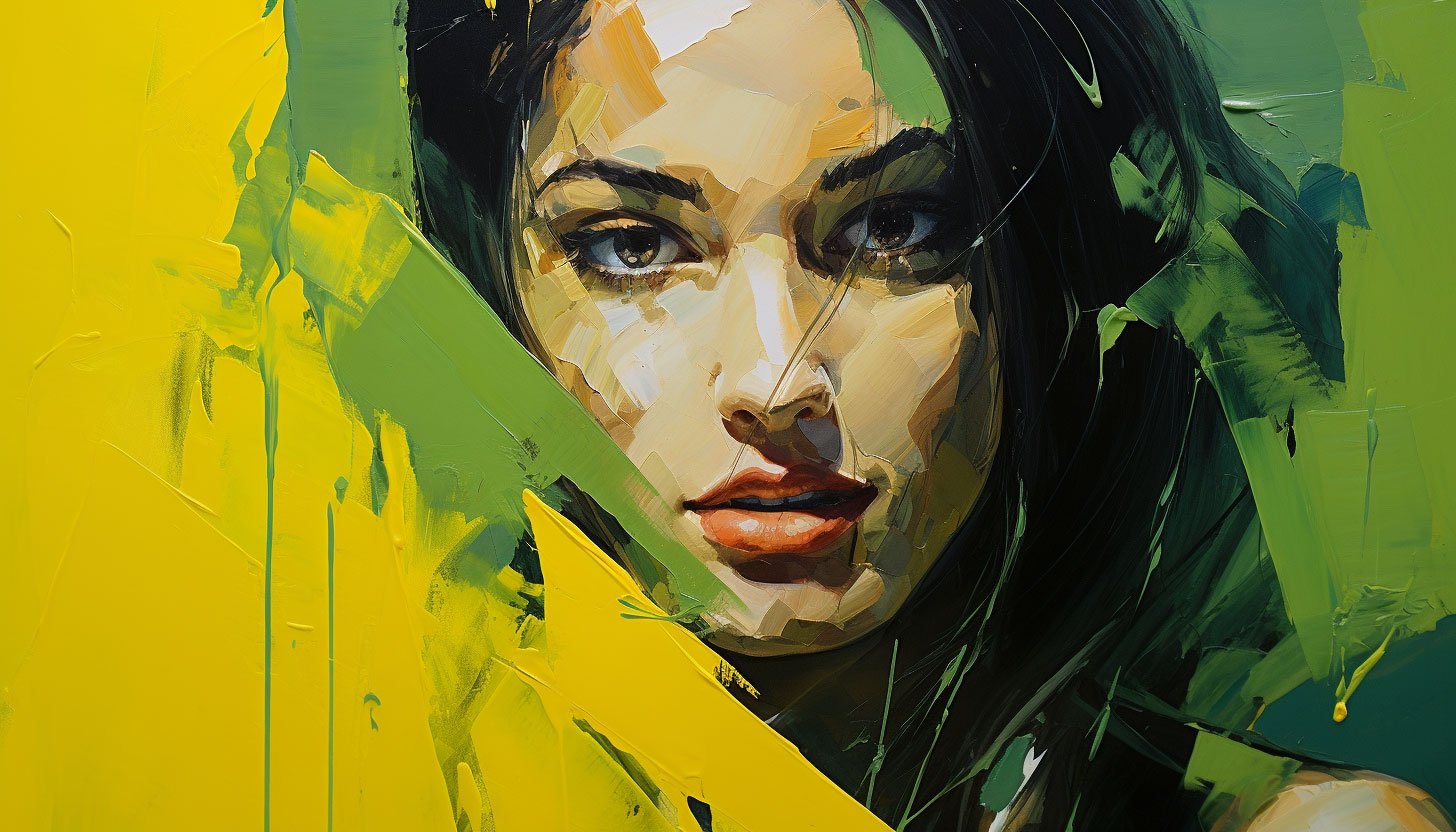Did you know that color therapy, also called chromotherapy, is a holistic approach to healing? It’s based on the idea that certain colors can have therapeutic effects on both the mind and body. Many proponents of this practice believe that green color therapy and visualization techniques that involve the color green can be particularly helpful. This is because green has a rich and varied symbolism that can differ from culture to culture and context to context.
Nature and Growth: Green is strongly associated with nature, representing plant life’s lushness and growth renewal. It symbolizes health, vitality, and the cycles of life.
Fertility and Rebirth: Green often symbolizes fertility and the renewal of life. It is associated with the rebirth of springtime and the flourishing of new beginnings.
Harmony and Balance: Green is a color of balance and harmony. It suggests a sense of equilibrium, peace, and stability.
Health and Healing: Green is commonly associated with health and healing. It is often used in healthcare settings to create a calming and refreshing atmosphere.
Renewal and Regeneration: Green symbolizes renewal and regeneration, both in the natural world and in personal growth and transformation.
Environmental Consciousness: Green is closely linked to environmental awareness and sustainability. It represents a commitment to protecting the environment and living harmoniously with nature.
Youth and Freshness: Green is often associated with youthfulness, freshness, and energy. It conveys a sense of vibrancy and new life.
Jealousy and Envy: In some contexts, green can symbolize jealousy and envy. The phrase “green with envy” is commonly used to describe these feelings.

Hope and Optimism: Green is a color of hope and optimism. It represents a positive outlook and a belief in a better future.
Luck and Prosperity: Green is often seen as a color of luck and good fortune. It is associated with money and financial prosperity in many cultures.
Relaxation and Calm: Green is calming since it represents nature and green fields and is often used in interior design to create relaxing and peaceful environments.
Creativity and Inspiration: Green can stimulate imagination and inspire innovative thinking. It is often associated with imaginative and creative individuals.
Safety and Permission: In some contexts, green can symbolize safety and permission, such as a green light indicating it’s safe to proceed.
Nurturing and Compassion: Green can convey a sense of nurturing and compassion. It represents a caring and supportive attitude.
Adventure and Exploration: Green is sometimes associated with adventure and exploration, especially when linked to forests and jungles.
It’s important to note that the symbolism of green can vary widely depending on cultural interpretations and personal associations. Additionally, shades of green may carry distinct symbolic meanings, with brighter greens often associated with growth and vitality, while darker greens may represent stability and maturity.






